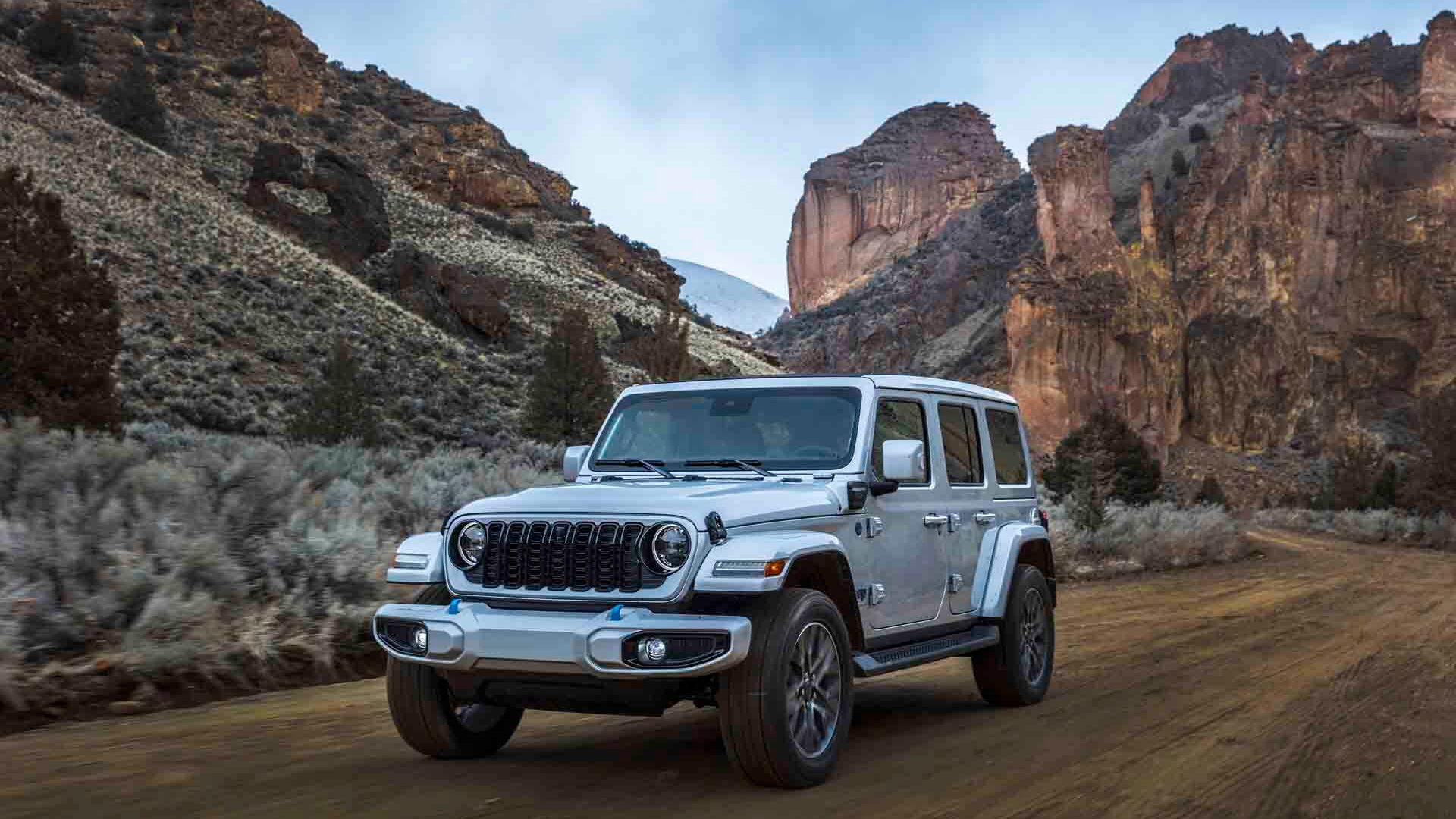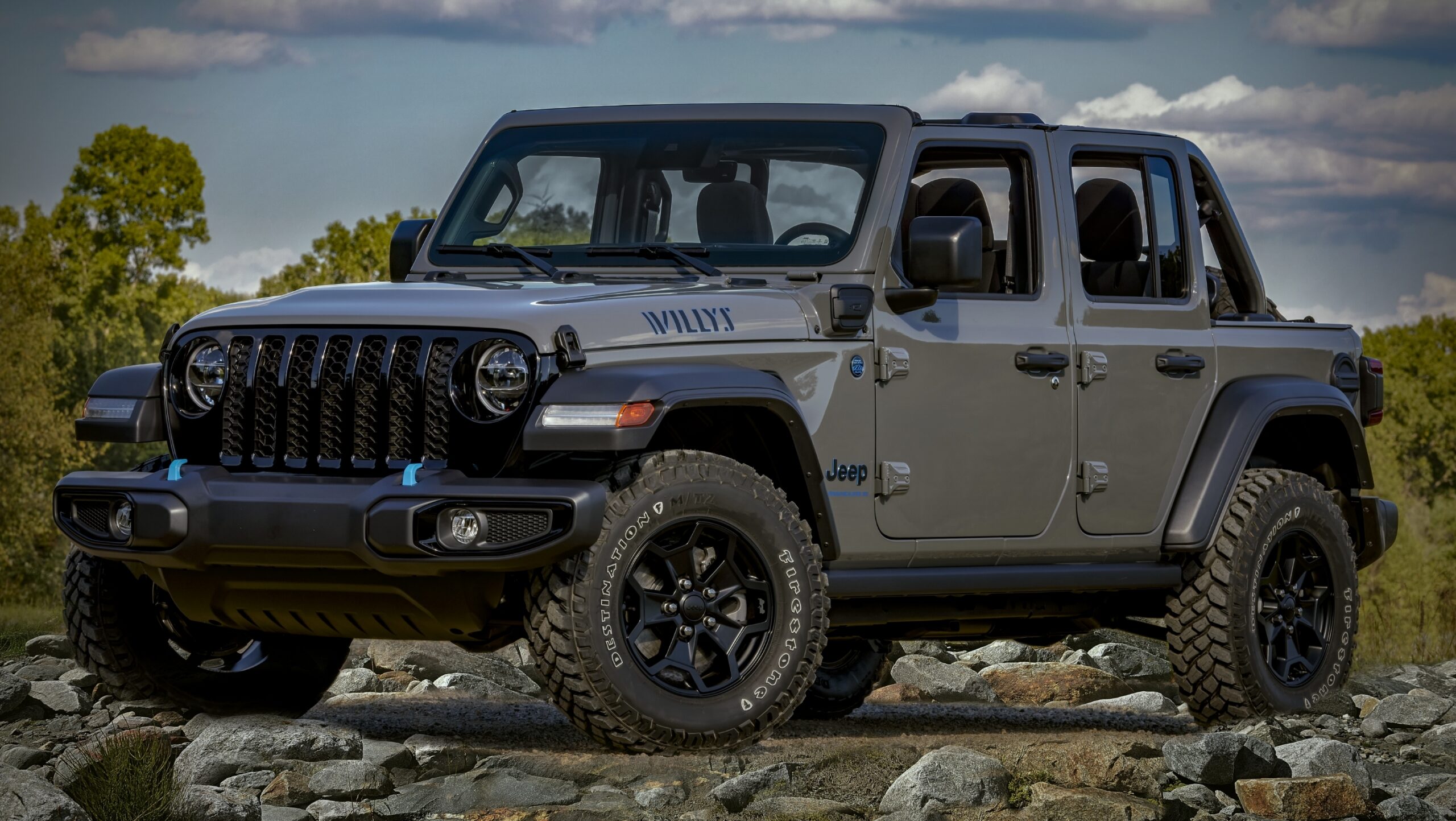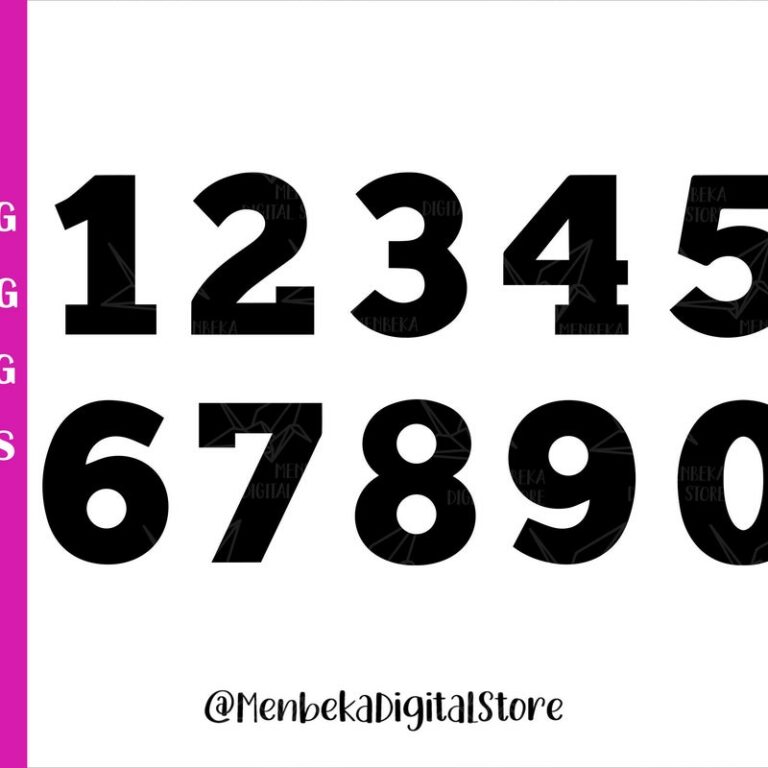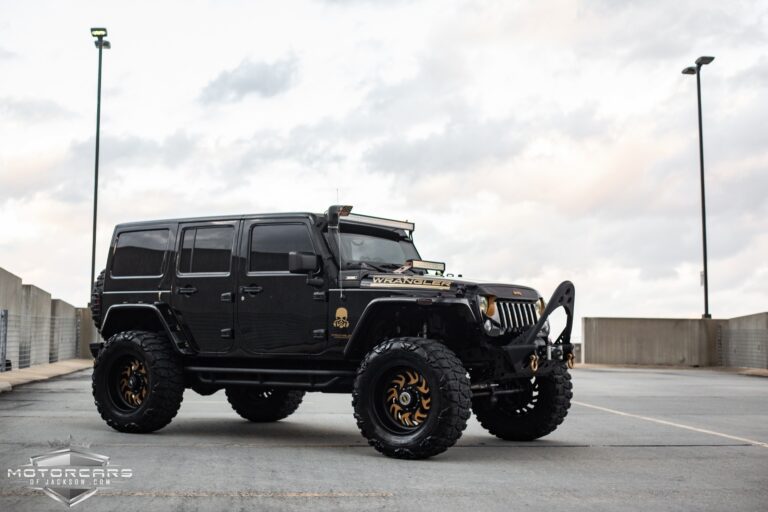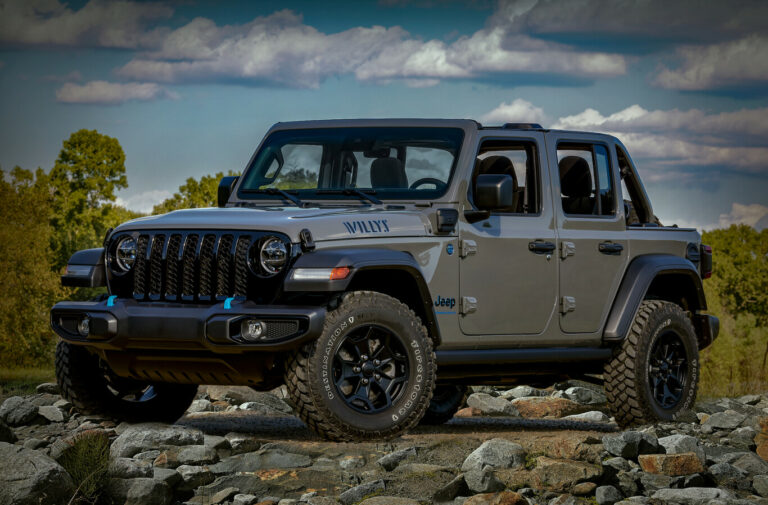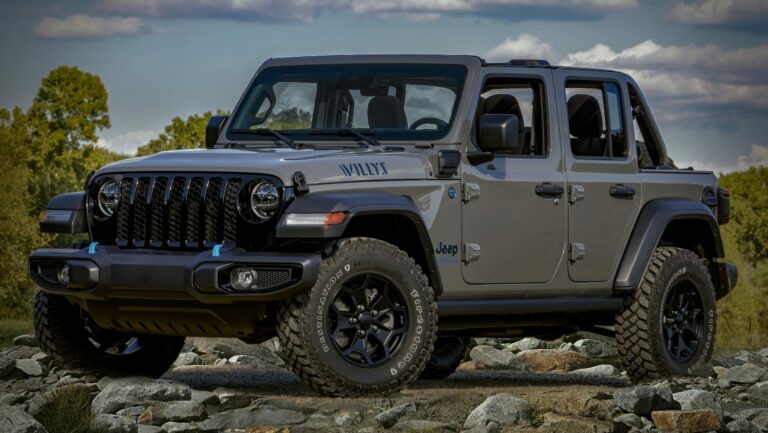Jeep Wrangler Zipper Lube: The Essential Guide to Smooth Operations and Longevity
Jeep Wrangler Zipper Lube: The Essential Guide to Smooth Operations and Longevity jeeps.truckstrend.com
The iconic Jeep Wrangler, a symbol of adventure and freedom, often comes equipped with a versatile soft top, allowing owners to embrace the open air or secure their cabin with ease. Central to this adaptability are the zippers – robust yet delicate components that seal windows, doors, and the main soft top itself. However, over time, these zippers can become stiff, sticky, or even seize up, turning a simple top-down conversion into a frustrating wrestling match. This is where Jeep Wrangler Zipper Lube enters the picture – not a specific product, but rather the crucial practice of applying specialized lubricants to ensure these vital components operate smoothly, quietly, and reliably for years to come.
Understanding and implementing a regular zipper lubrication regimen is paramount for any Wrangler soft top owner. It’s about preserving the integrity of your investment, preventing costly repairs, and maintaining the effortless joy of driving your Jeep, whether the top is up or down. This comprehensive guide will delve into every aspect of Jeep Wrangler Zipper Lube, from its fundamental importance to step-by-step application, ensuring your off-road adventures remain seamless.
Jeep Wrangler Zipper Lube: The Essential Guide to Smooth Operations and Longevity
Why Zipper Lube is Essential for Your Wrangler’s Soft Top
Imagine trying to zip up your tent after a dusty camping trip, only to find the zipper teeth caked with grime, refusing to budge. The experience with your Wrangler’s soft top zippers can be remarkably similar, and the consequences far more significant. The zippers on a Jeep Wrangler soft top are exposed to a relentless onslaught of environmental factors: dust, dirt, mud, sand, rain, snow, UV radiation, and extreme temperature fluctuations. Without proper care, this exposure leads to friction, wear, and eventual failure.
Here’s why regular zipper lubrication is not just recommended, but essential:
- Prevents Sticking and Snagging: The primary benefit is smooth operation. A lubricated zipper glides effortlessly, preventing the annoying stickiness that often leads to frustration and excessive force.
- Extends Zipper Lifespan: Friction is the enemy of longevity. By reducing friction between the zipper teeth and the slider, lubrication significantly minimizes wear and tear, prolonging the life of your zippers and, by extension, your entire soft top.
- Avoids Costly Damage: Forcing a stiff zipper can lead to broken teeth, bent sliders, or even tears in the soft top fabric itself. These damages can be expensive to repair or, in severe cases, necessitate a complete soft top replacement.
- Maintains Weather Sealing: When zippers operate smoothly, they fully engage, ensuring a tight seal that keeps water, wind, and dust out of the cabin. A struggling zipper might leave microscopic gaps, compromising your vehicle’s weather protection.
- Enhances User Experience: The ease of operation makes converting your soft top a pleasure, not a chore. This means more spontaneous top-down drives and less time wrestling with stubborn components.
- Protects Against Corrosion and UV: Many recommended zipper lubricants offer additional benefits like corrosion resistance for metal components and UV protection for the plastic teeth and surrounding fabric, further extending their life.
![]()
Common Problems Caused by Unlubricated Zippers
Neglecting your Wrangler’s zippers can lead to a cascade of issues that detract from your ownership experience and potentially cost you a significant amount of money.

- Difficulty Zipping/Unzipping: This is the most immediate and common symptom. Zippers feel gritty, stiff, and require excessive force to move.
- Skipping Teeth: As friction increases, the zipper slider may skip over teeth, leading to sections that don’t properly close, creating gaps in the seal.
- Broken Zipper Teeth: Constant friction and the application of excessive force can cause the individual plastic or metal teeth to snap off, rendering the zipper inoperable.
- Bent or Broken Zipper Sliders: The metal or plastic slider, which pulls the teeth together, can deform or break under stress, especially when forced.
- Fabric Tears: When a zipper is severely stuck, pulling too hard can cause the surrounding soft top fabric to tear, often near the zipper line. This is particularly common around the rear window and side windows.
- Water Leaks and Drafts: An improperly sealed zipper due to stiffness or damage will allow water to seep into the cabin during rain, and cold drafts to enter during winter, compromising comfort and potentially damaging the interior.
- Accelerated Wear: Even if a zipper doesn’t break immediately, constant high friction leads to accelerated wear on all components, drastically shortening its lifespan.
Types of Lubricants for Jeep Wrangler Zippers
Choosing the right lubricant is crucial. Using the wrong product can do more harm than good, potentially damaging the soft top materials or attracting more dirt.
Recommended Lubricants:
- Silicone-Based Lubricants: These are generally the safest and most effective for soft top zippers. They are non-staining, repel water, and do not attract dust and dirt like petroleum-based products. Look for silicone sprays or gels specifically designed for plastics, vinyl, and marine applications.
- Examples: 303 Aerospace Protectant (also offers UV protection for the vinyl windows and fabric), McNett Zipper Cleaner & Lubricant, Star Brite Snap & Zipper Lubricant.
- PTFE (Teflon) Based Lubricants: Similar to silicone, PTFE creates a slick, low-friction surface. These are excellent for reducing wear without leaving a greasy residue.
- Examples: Specific zipper waxes or stick lubricants that contain PTFE.
- Zipper Waxes/Sticks: These are solid, wax-like lubricants that are applied directly to the zipper teeth. They are less messy than sprays and provide excellent, long-lasting lubrication. They are often made from paraffin or beeswax with added silicone or PTFE.
- Examples: YKK Zipper Lubricant, various marine zipper waxes.
Lubricants to AVOID:
- Petroleum-Based Products (e.g., WD-40, Vaseline, Grease): These are a big no-no. They can degrade plastic and vinyl components over time, leading to cracking and discoloration. They also tend to attract and hold dirt and dust, turning your smooth zipper into a gritty mess.
- Oil-Based Lubricants: Similar to petroleum products, regular oils can attract dirt, stain your soft top fabric, and may not be compatible with the plastic zipper teeth or vinyl windows.
- Graphite Powder: While effective for some locks, graphite can be very messy, stain fabric, and isn’t ideal for the moving parts of a zipper.
A Step-by-Step Guide: How to Lubricate Your Wrangler Zippers
Lubricating your Jeep Wrangler’s zippers is a straightforward process that requires minimal tools and time. Follow these steps for optimal results:
1. Gather Your Supplies:
- Recommended zipper lubricant (silicone spray, PTFE spray, or zipper wax/stick).
- Clean, lint-free cloths (microfiber works well).
- Soft brush (an old toothbrush or a detailing brush).
- Mild soap and water (for initial cleaning).
- Optional: Vacuum cleaner with a brush attachment.
2. Prepare the Zippers (Crucial Cleaning Step):
- Open the Zippers: Fully open all the zippers you intend to lubricate (rear window, side windows, and any main soft top zippers). This allows for thorough cleaning and application.
- Remove Debris: Use your soft brush or a vacuum cleaner with a brush attachment to gently remove any loose dirt, dust, sand, or debris from the zipper teeth and the surrounding fabric. Pay close attention to the nooks and crannies of the zipper teeth.
- Clean with Mild Soap and Water (If Very Dirty): For heavily soiled zippers, dampen a clean cloth with a mild soap solution (e.g., car wash soap diluted in water) and gently wipe down the zipper teeth and slider. Avoid saturating the fabric.
- Rinse and Dry: If you used soap, wipe the zippers with a clean, damp cloth to remove any soap residue. Allow the zippers to thoroughly air dry before proceeding. Any moisture will dilute the lubricant and hinder its effectiveness.
3. Apply the Lubricant:
* **For Sprays (Silicone/PTFE):**
* Shake the can well.
* Apply a thin, even coat directly onto the zipper teeth and the inside of the zipper slider.
* If the spray comes with a straw applicator, use it for precise application, especially on the inner workings of the slider.
* Avoid overspray on the surrounding fabric or vinyl windows. If overspray occurs, wipe it immediately with a clean cloth.
* **For Waxes/Sticks:**
* Rub the wax stick directly along the top and bottom of the zipper teeth.
* Ensure a visible, thin layer of wax covers all the teeth.
* Don't forget the start and end points of the zipper.4. Work the Zipper:
- Once the lubricant is applied, slowly zip and unzip the component multiple times (5-10 times). This helps to distribute the lubricant evenly across all the teeth and inside the slider mechanism.
- You should immediately feel the difference – the zipper should glide much more smoothly.
5. Wipe Off Excess:
- Using a clean, lint-free cloth, gently wipe away any excess lubricant from the zipper teeth and the surrounding fabric. Too much lubricant can attract dirt over time. You only need a thin, even coating.
6. Repeat for All Zippers:
- Perform this process for all the zippers on your soft top, including the rear window, side windows, and the main zippers that attach the soft top to the frame or body.
Important Considerations and Best Practices
- Regularity is Key: How often you lube depends on your usage and environment. For daily drivers or Jeeps frequently exposed to dirt, dust, or off-road conditions, every 1-3 months is advisable. For less frequent use, every 4-6 months, or whenever you notice stiffness, should suffice.
- Always Clean First: Never apply lubricant to a dirty zipper. The lubricant will simply trap the grit, creating an abrasive paste that accelerates wear. Cleaning is arguably more important than the lubrication itself.
- Apply in Cool, Dry Conditions: Avoid applying lubricants in direct sunlight or extreme heat, as this can cause some products to evaporate too quickly or become less effective. Ensure the zippers are dry before application.
- Check for Damage: Before lubricating, inspect your zippers for any signs of damage like bent teeth, frayed fabric, or a deformed slider. Addressing these issues promptly can prevent further damage.
- Store Soft Top Properly: When removing your soft top or windows for storage, ensure they are clean and dry. Store windows flat or rolled loosely to prevent creasing and stress on the zippers.
Tips for Maximizing Zipper Lifespan
- Avoid Forcing Stiff Zippers: If a zipper is stuck, don’t yank it. Stop, inspect, clean, and then lubricate. Forcing it is the fastest way to break it.
- Use Both Hands: When zipping or unzipping, especially long sections, use both hands to guide the slider smoothly and evenly.
- Keep Zippers Clean: Beyond scheduled lubrication, give your zippers a quick wipe-down with a damp cloth after dusty excursions.
- Don’t Over-Lube: A thin, even coat is all you need. Excess lubricant attracts dirt.
- Address Issues Promptly: A minor snag today can become a broken zipper tomorrow. Don’t procrastinate on maintenance.
Potential Challenges and Solutions
- Extremely Stuck Zippers: If cleaning and lubricating don’t immediately free a very stubborn zipper, try applying a small amount of lubricant and then gently wiggling the slider back and forth a tiny bit. Sometimes, a very gentle application of heat (e.g., from a hairdryer on a low setting, held at a distance) can help to slightly expand the components, but proceed with extreme caution to avoid damaging the vinyl or fabric.
- Damaged Teeth or Slider: If teeth are broken or the slider is bent beyond repair, lubrication won’t fix it. For minor issues, a local canvas or marine upholstery shop might be able to replace just the slider or a few teeth. For extensive damage, a full zipper replacement or even a new soft top section might be necessary.
- Choosing the Right Product: With many options available, it can be overwhelming. Stick to products specifically marketed for zippers, marine use, or plastic/vinyl compatibility. Read reviews from other Jeep owners.
- Staining: While recommended lubricants are generally non-staining, always test a small, inconspicuous area first if you are unsure, especially with a new product.
Table of Recommended Jeep Wrangler Zipper Lubricants & Average Prices
| Product Name | Type | Key Benefits | Average Price Range (USD) | Notes |
|---|---|---|---|---|
| 303 Aerospace Protectant | Silicone Spray | UV protection, non-greasy, repels dust/dirt | $15 – $25 (16oz) | Excellent all-around protectant for vinyl, rubber, and plastic. |
| McNett Gear Aid Zipper Cleaner & Lubricant | Liquid/Gel | Cleans & lubricates, salt & sand resistant | $8 – $12 (0.5oz) | Designed for marine/outdoor gear, good for harsh conditions. |
| Star Brite Snap & Zipper Lubricant | Stick/Wax | Easy application, long-lasting, water-repellent | $8 – $12 (1.5oz) | Solid stick form, great for precise application and no overspray. |
| YKK Zipper Lubricant | Stick/Wax | Specifically formulated by YKK (major zipper manufacturer) | $5 – $10 (0.5oz) | Reliable and effective, often used in outdoor gear. |
| Boeshield T-9 Lubricant | Liquid Spray | Waterproof, rust/corrosion inhibitor, long-lasting | $15 – $25 (4oz) | Developed by Boeing, excellent for metal zippers and extreme conditions. |
| Permatex Silicone Spray Lubricant | Silicone Spray | General purpose, non-staining, reduces friction | $8 – $15 (10oz) | Affordable and widely available, ensure it’s 100% silicone. |
Prices are approximate and can vary based on retailer, location, and product size.
Frequently Asked Questions (FAQ)
Q1: How often should I lubricate my Jeep Wrangler’s zippers?
A1: It depends on your usage and environment. For frequent use or exposure to dirt/dust, every 1-3 months is ideal. For less frequent use, every 4-6 months, or whenever you notice stiffness, is sufficient.
Q2: What kind of lubricant is best for my Wrangler’s zippers?
A2: Silicone-based sprays, PTFE-based lubricants, or dedicated zipper waxes/sticks are highly recommended. They are non-staining, repel dirt, and are safe for soft top materials.
Q3: Can I use WD-40 or Vaseline on my Jeep’s zippers?
A3: No, absolutely not. WD-40 and Vaseline are petroleum-based products that can degrade the plastic teeth and vinyl windows of your soft top over time, leading to cracking, discoloration, and attraction of dirt. Always use products specifically designed for zippers or compatible materials.
Q4: My zipper is already broken. Will lubrication fix it?
A4: Unfortunately, no. Lubrication is a preventative and maintenance measure for working zippers. If teeth are broken, the slider is damaged, or the fabric is torn, you will need a repair or replacement.
Q5: Does this apply to hardtop Freedom Panels as well?
A5: The Freedom Panels on a hardtop typically use latches and seals, not zippers. Therefore, zipper lubrication is not applicable to them. This guide is specifically for soft top zippers.
Q6: Will zipper lube stain my soft top fabric?
A6: Most recommended silicone or PTFE-based lubricants are non-staining. However, it’s always wise to wipe off any excess immediately and, if you’re using a new product, test it on an inconspicuous area first. Avoid oil or petroleum-based products, as they are prone to staining.
Q7: Can I use zipper lube on other parts of my Jeep?
A7: Yes, silicone-based lubricants can be useful for other non-metal moving parts that benefit from reduced friction, such as rubber seals around doors or windows (to prevent squeaks and cracking) or even seat belt mechanisms (sparingly). Always check the product’s specific uses.
Conclusion
The phrase "Jeep Wrangler Zipper Lube" encapsulates a vital maintenance practice that extends far beyond just applying a product. It’s a commitment to preserving the functionality, aesthetics, and longevity of your soft top, ensuring that every drive remains an unhindered expression of freedom. By understanding the common pitfalls of neglected zippers, choosing the right specialized lubricants, and diligently following a simple maintenance routine, you can prevent costly repairs and frustrating moments. A well-lubricated zipper means smooth, quiet operation, a secure cabin, and the continued joy of easily transforming your Wrangler to match the adventure ahead. Make zipper lubrication a regular part of your Jeep care, and your iconic off-roader will thank you with years of trouble-free enjoyment.
